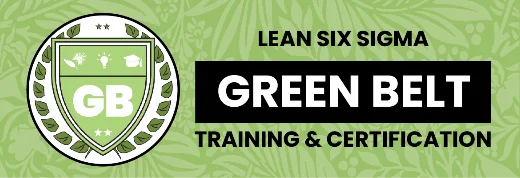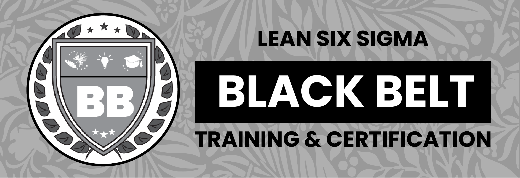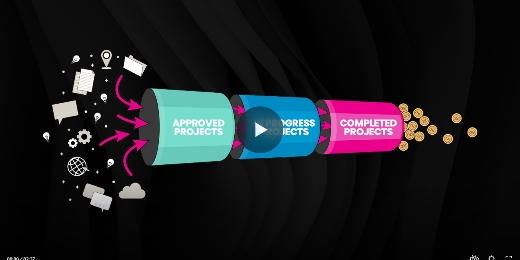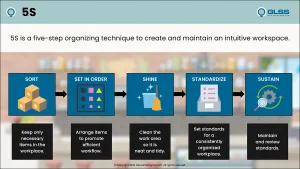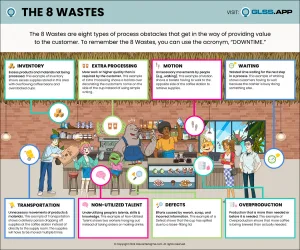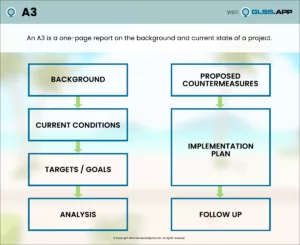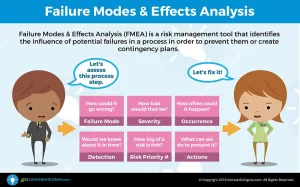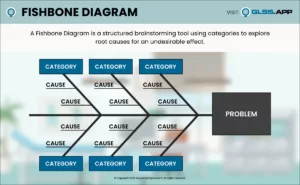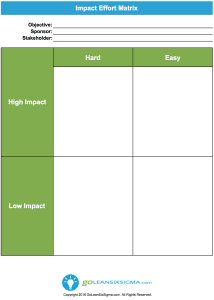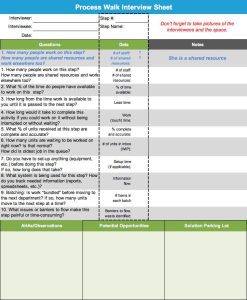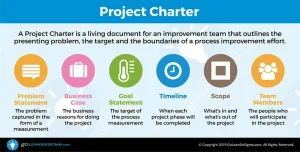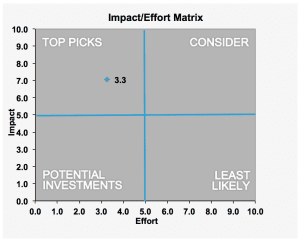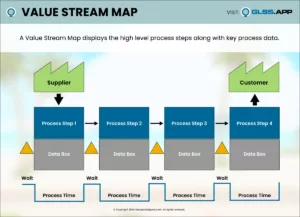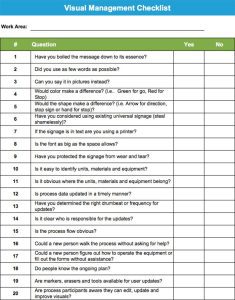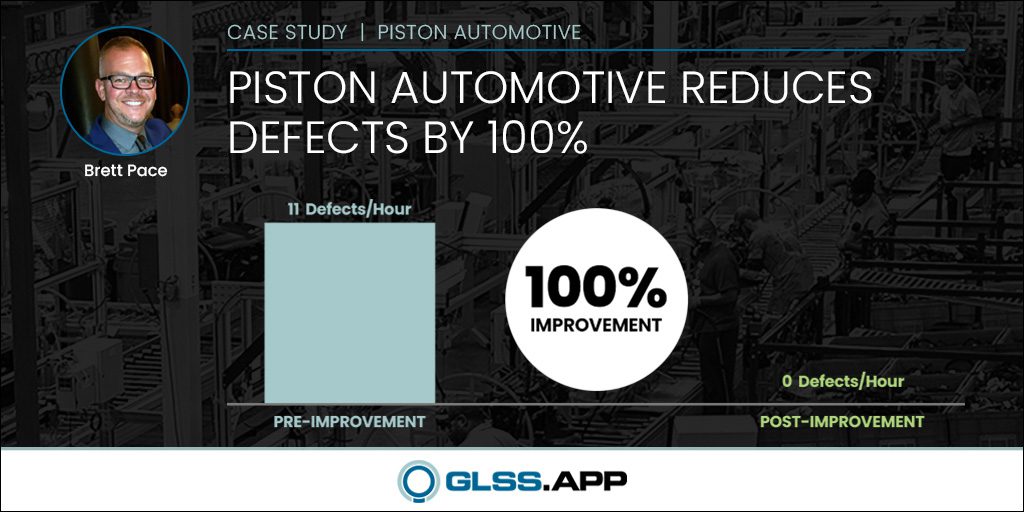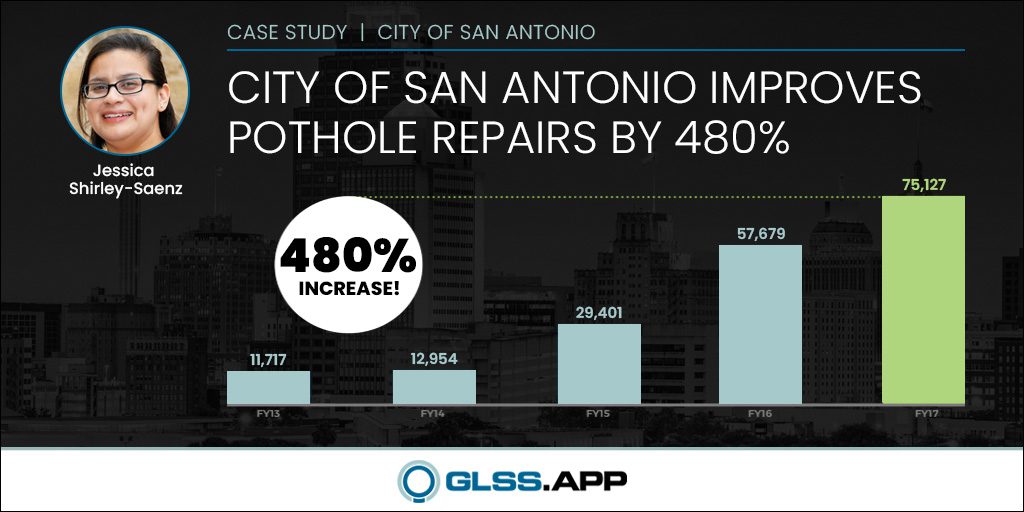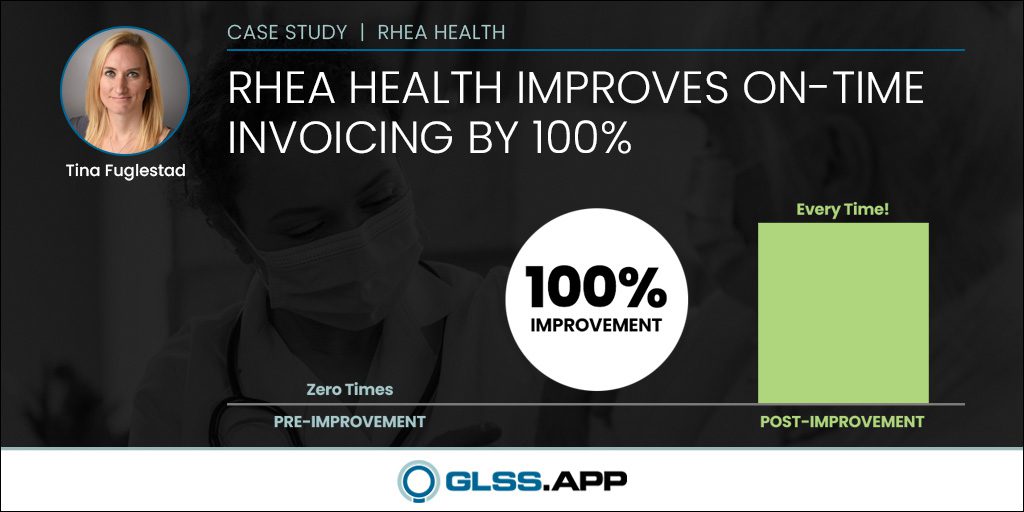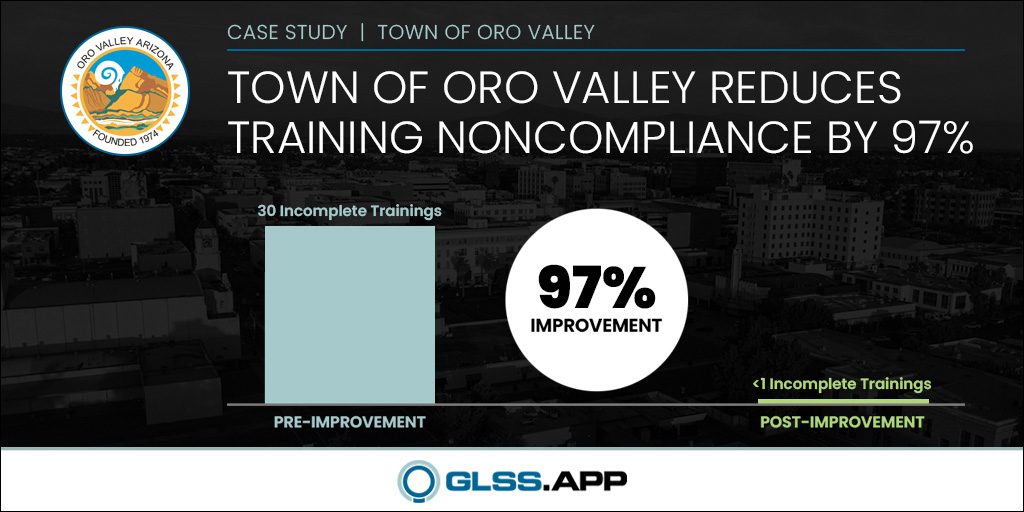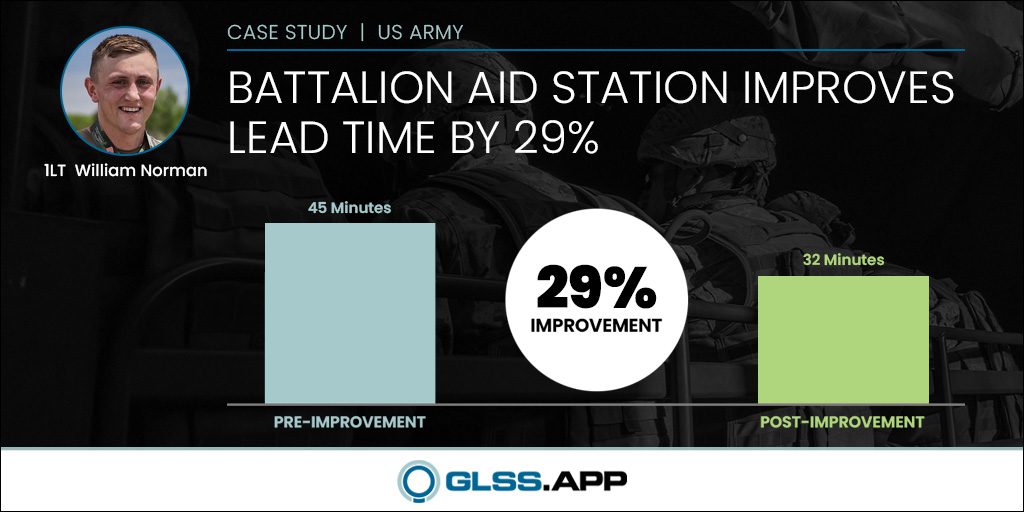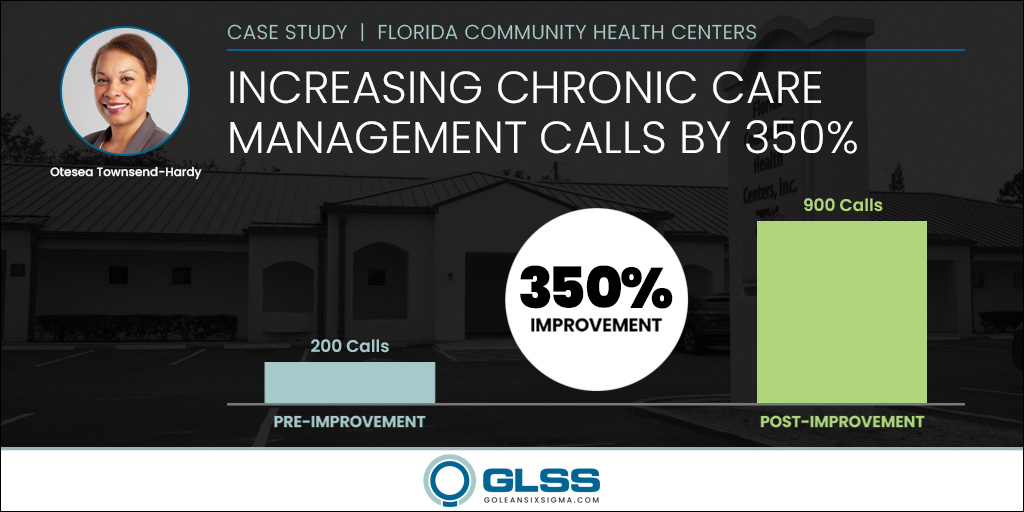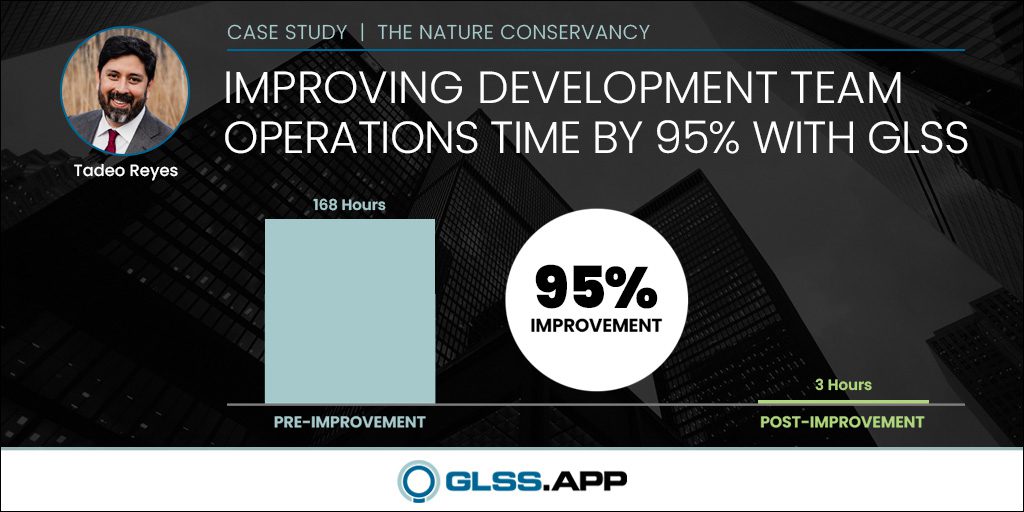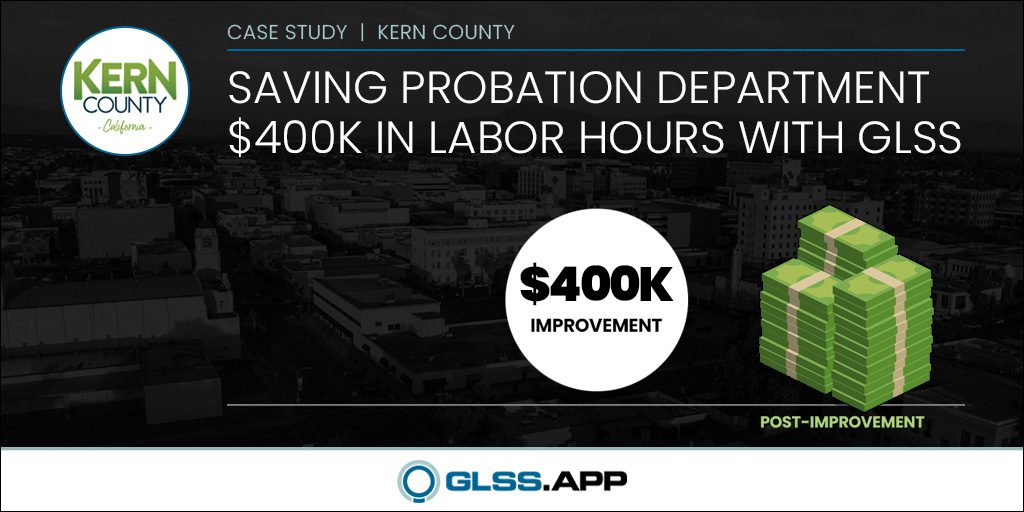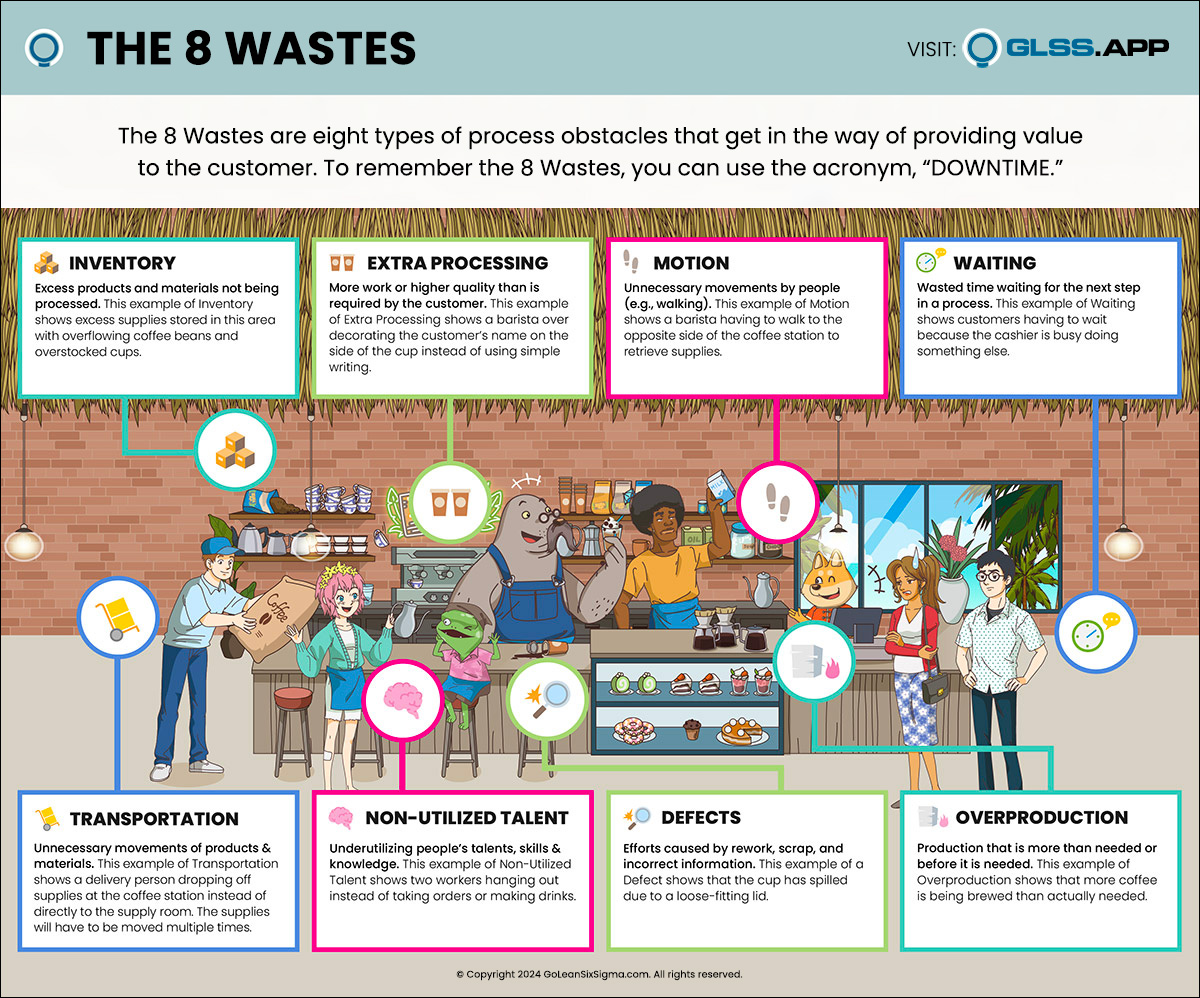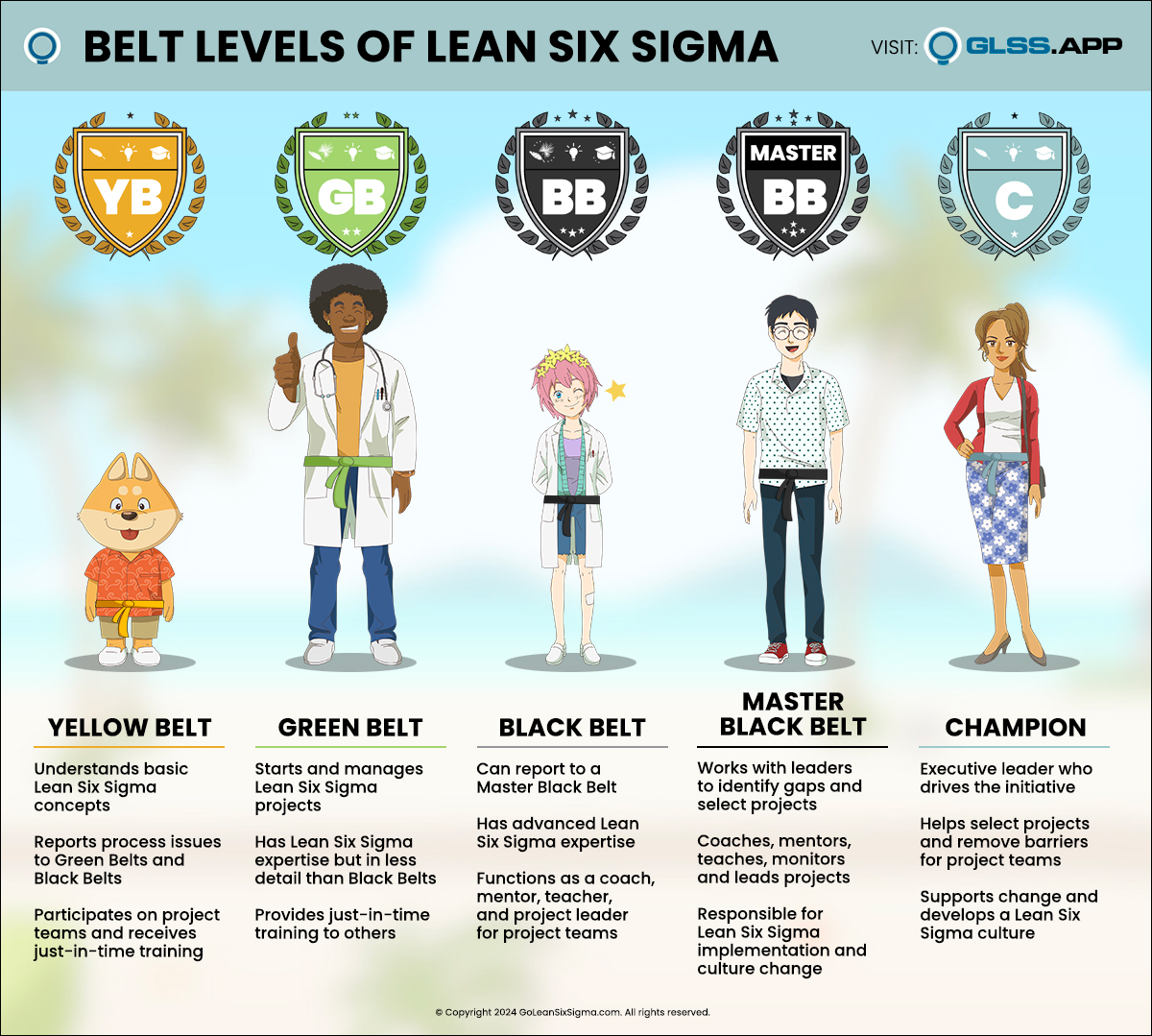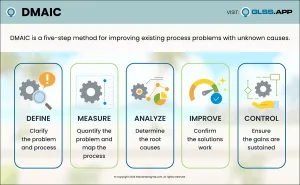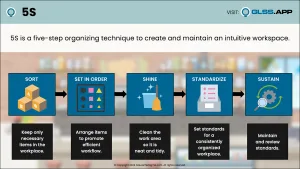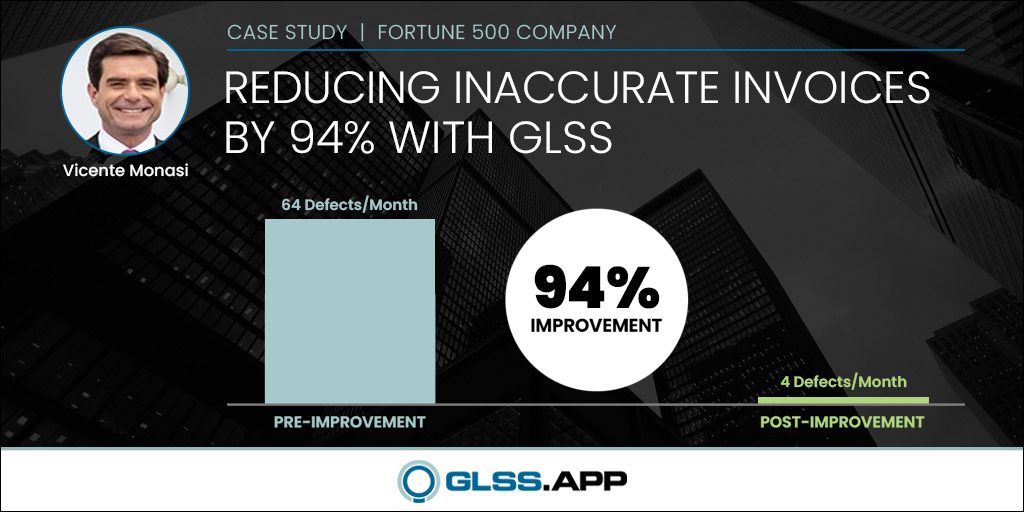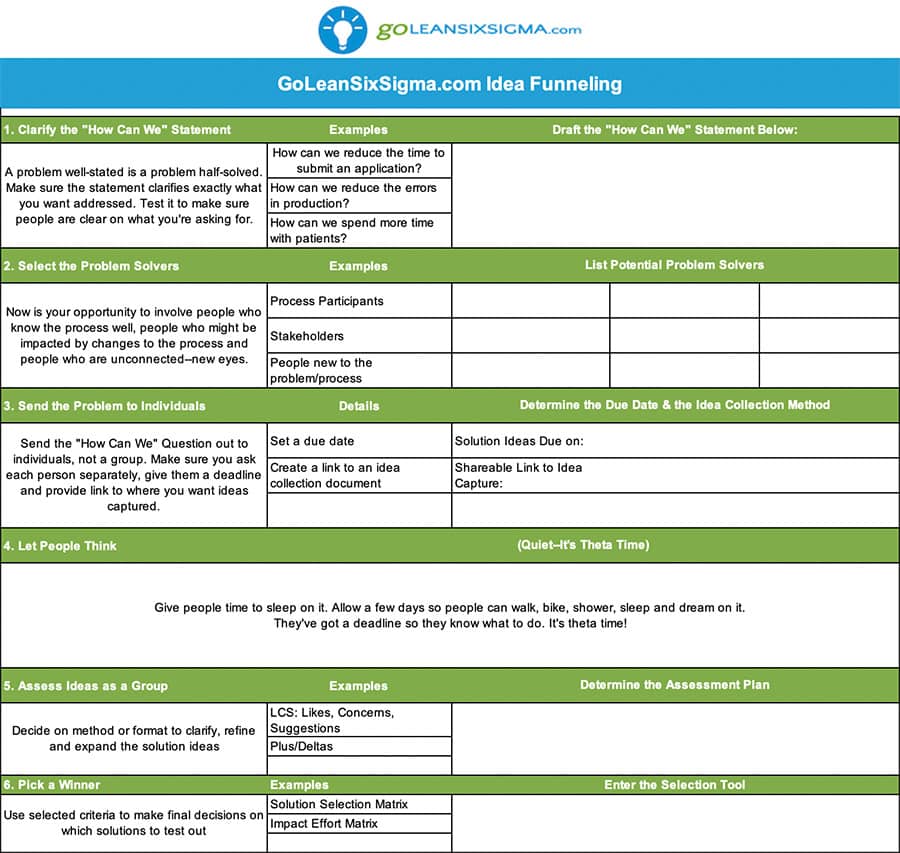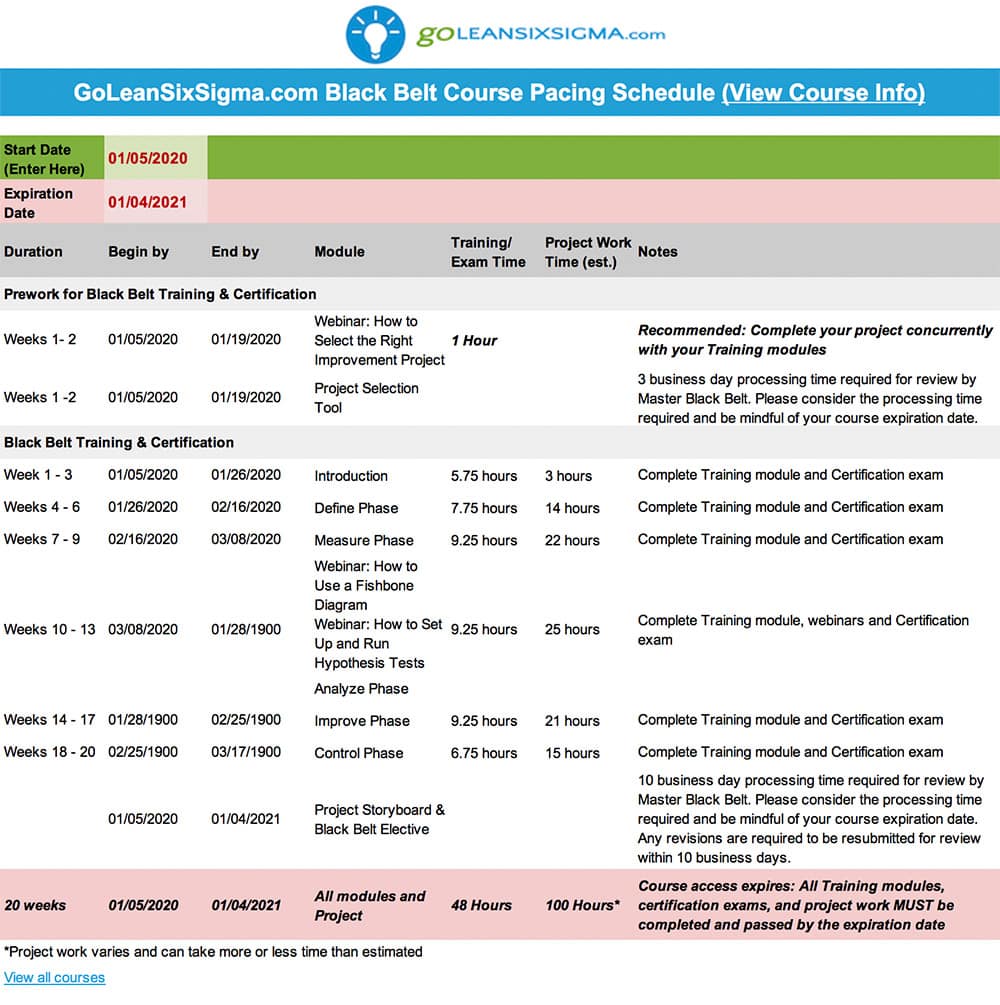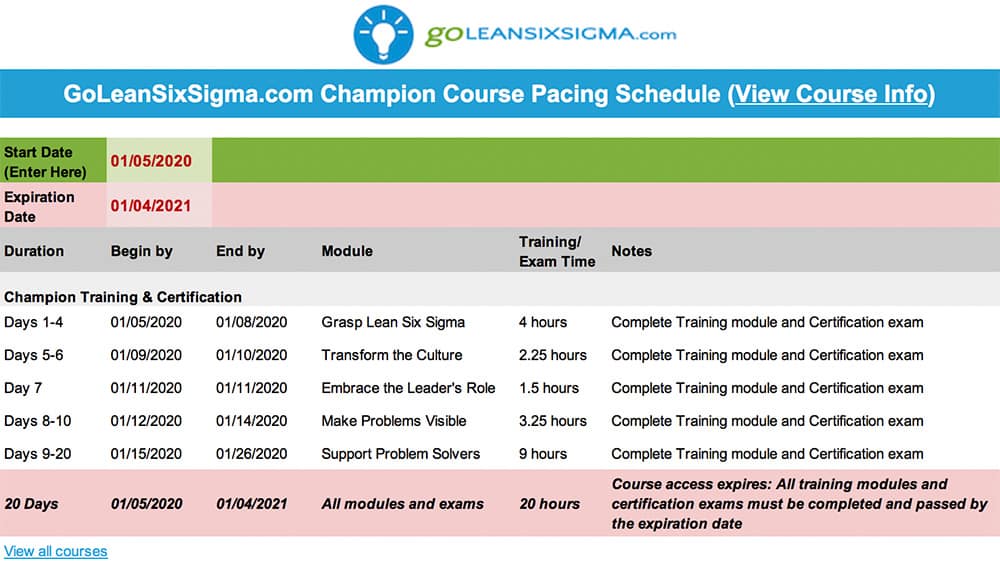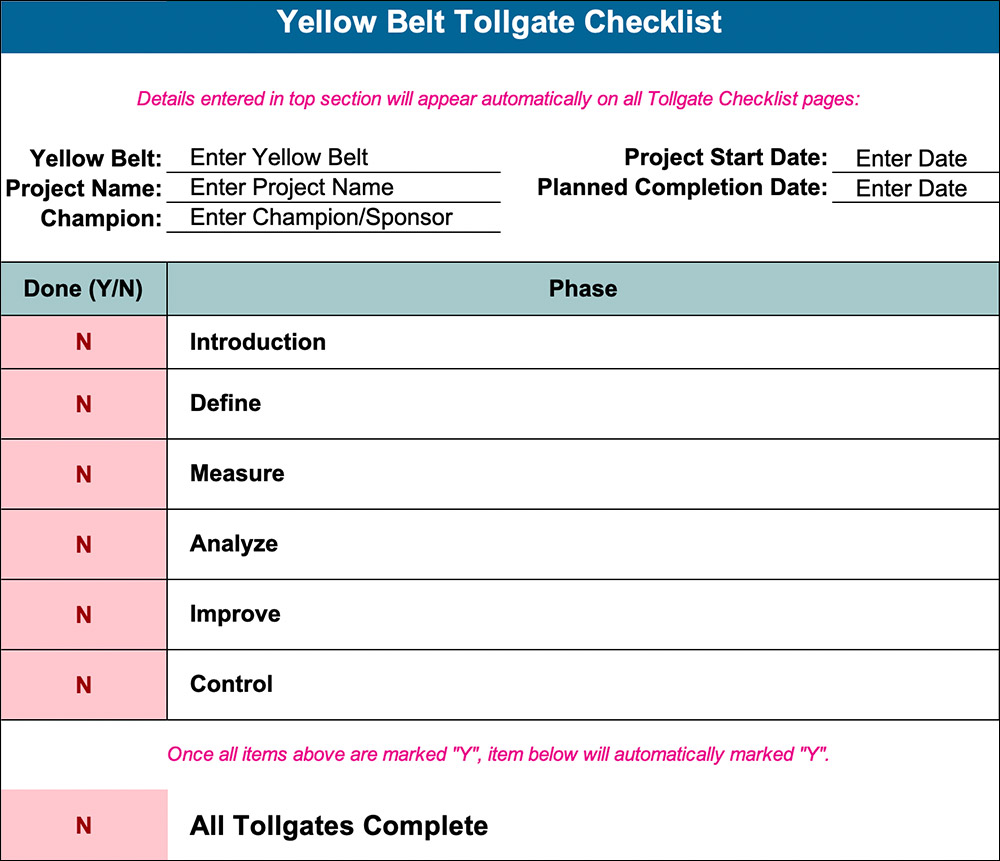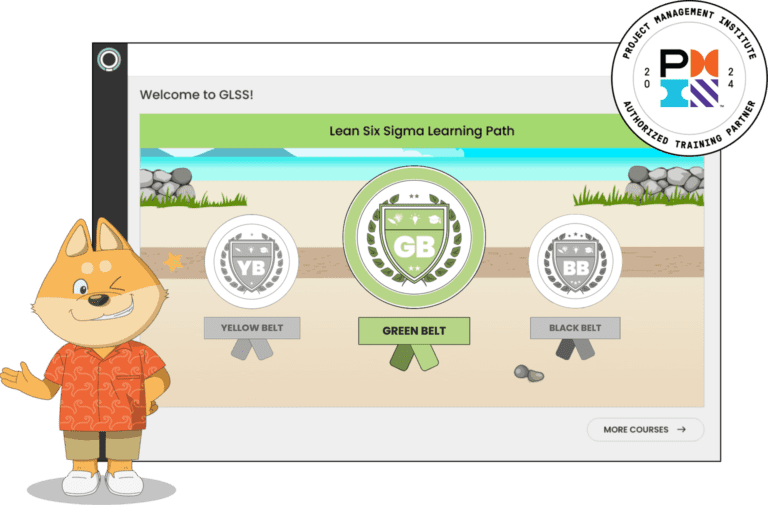
Lean Six Sigma Glossary
Home » Lean Six Sigma Glossary » Page 2
summary Summary Template What is the Idea Funneling Guide? The Idea Funneling Guide is a targeted resource to help gather the best ideas to solve
...summary Summary Template What is a Green Belt (with Project Completion) Course Pacing Schedule? One of the great advantages of remote learning is that it’s
...summary Summary Template What is a Yellow Belt Course Pacing Schedule? One of the great advantages of remote learning is that it’s self-paced, but what
...summary Summary Template What is a Black Belt Course Pacing Schedule? One of the great advantages of remote learning is that it’s self-paced, but what
...summary Summary Template What is a Green Belt Course Pacing Schedule? One of the great advantages of remote learning is that it’s self-paced, but what
...summary Summary Template What is a Champion Course Pacing Schedule? One of the great advantages of remote learning is that it’s self-paced, but what should
...summary Summary Template What is a Lean Course Pacing Schedule? One of the great advantages of remote learning is that it’s self-paced, but what should
...summary Summary Template What is a A3 Coaching Kit? The A3 Coaching Kit is a series of tools to support A3 Users, A3 Coaches and
...summary Summary Template What is a Yellow Belt Tollgate Checklist? The Yellow Belt Tollgate Checklist outlines the deliverables for each Phase of DMAIC within a Yellow Belt-Level
...A KPI or Key Process Indicator is a measure of organizational performance against a strategic goal. An example would be a strategic initiative to keep
...No post found.



